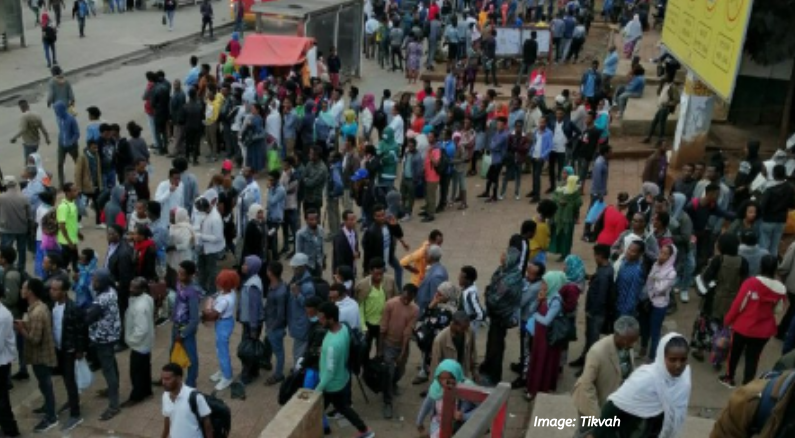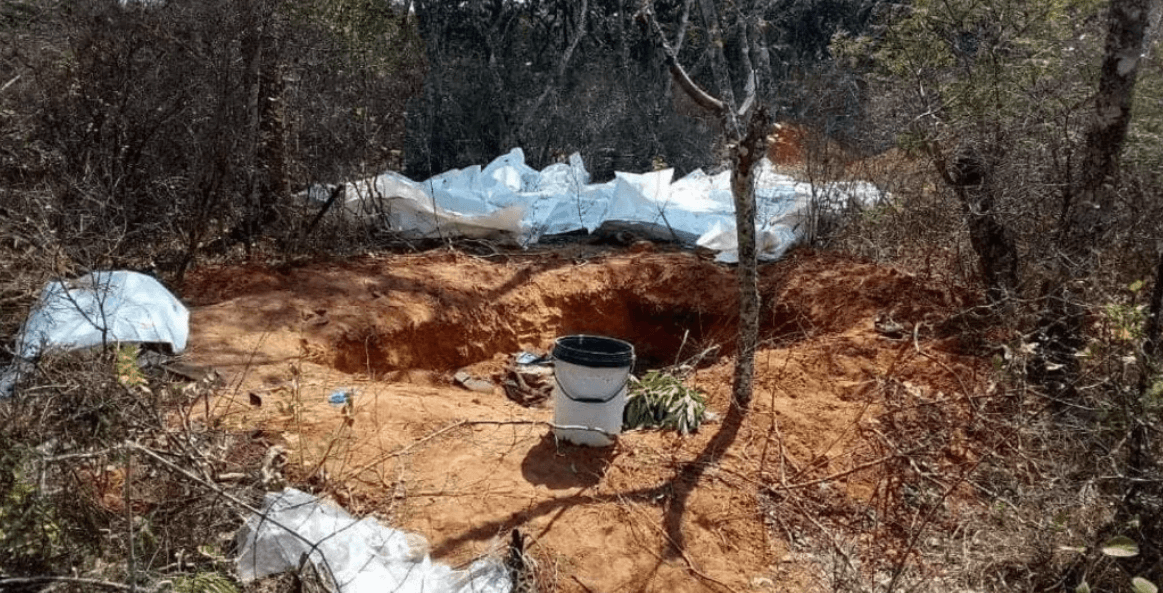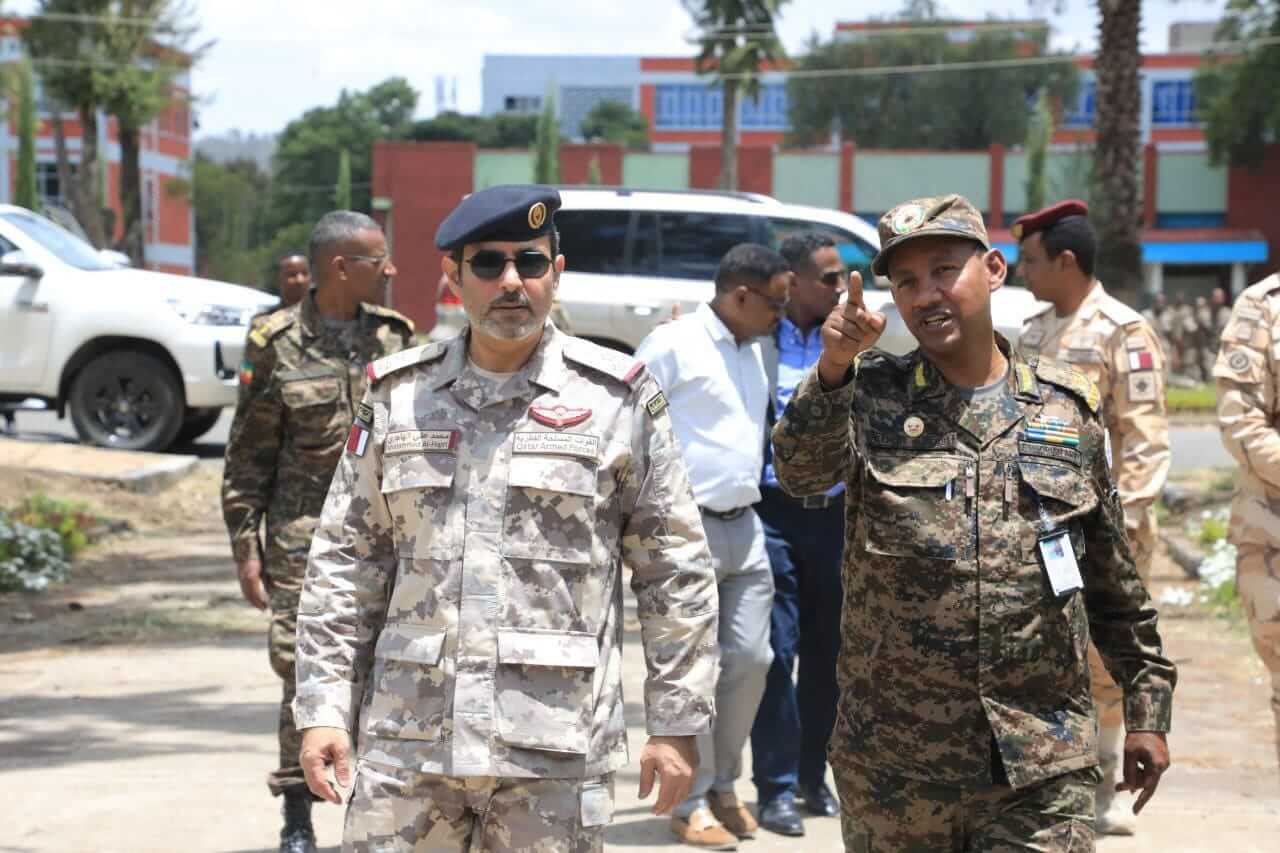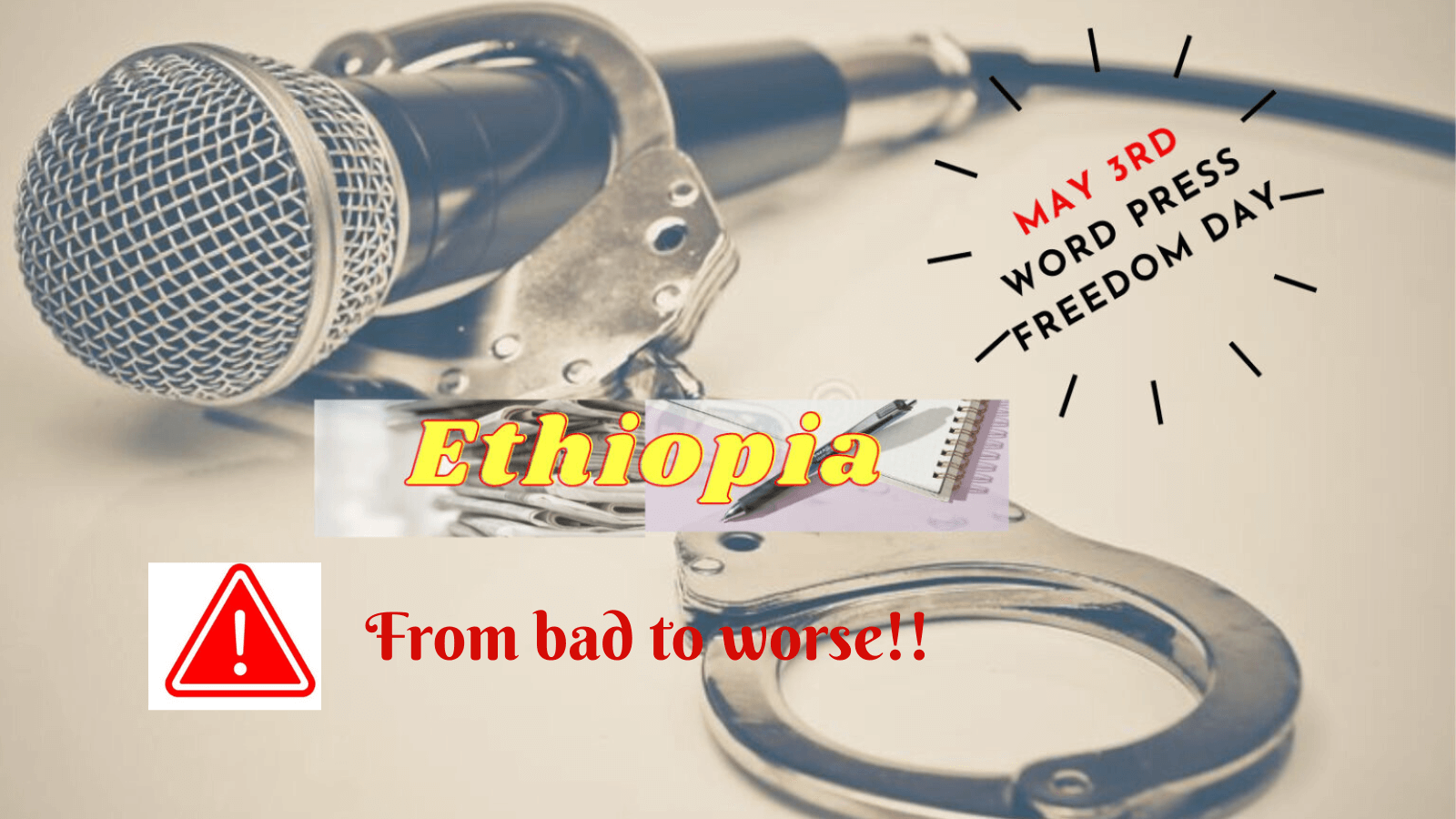Op-ed: #COVID19: Managing outrage

Sosena Kebede, MD, MPH, For Addis Standard
Addis Abeba, March 24/2020 – Health risk communication is a type of communication health experts provide to people who face threats to their health or social wellbeing. This type of communication requires more than language proficiency and more than subject matter expertise.
The goal of risk communication is not just to inform but to empower the public so that they can make informed decisions to protect themselves. Effective risk communication requires the recognition that peoples’ understanding of the facts on the ground, their concerns and beliefs about the risk as well as their perception of risk is highly variable. One of the most prominent risk communicators Peter Sandman, PhD, is known for his formula:
Risk= Hazard + Outrage
“Hazard” is the measurable component of the risk, “outrage” is the emotional and cultural aspect of the risk. Risk communicators underscore the need to manage the “outrage” factor if a policy recommendation is to have the support and cooperation of the public. The outrage level people feel about a particular threat depends on several things including “dread” or “fear of the unknown” (COVID-19 is a “novel” virus previously unknown as a human pathogen), “control” (asymptomatic people may shed the virus, there is no vaccine, there is no treatment), “fairness” (the older and the sick (and perhaps other vulnerable groups) are more likely to die from COVID-19), “trust” (people may mistrust authorities or foreigners).
Public health risk communication topics in the time of COVID-19 are the practice of hand hygiene, covering your cough, cleaning “high touch” surfaces, exercising social distancing, travel restriction, early testing, quarantine and isolation of those with symptoms and contact tracing to reduce transmission.
In developing countries like Ethiopia risk communication and mitigation for COVID-19 will be particularly challenging both from the resource constraint and the socio-cultural perspective. Managing the public outrage (either when it is too high or too low) surrounding COVID-19 is a task that will have a strong impact on the outcome of this outbreak and well worth doing right.
Using some of the best practice reminders in public health risk communication outlined by Vincent Covello in his 2003 publication Best Practices in Public Health Risk and Crisis Communication, Journal of Health Communication, below are some practical suggestions on how the COVID-19 epidemic may be addressed in the Ethiopian setting.
Involving stakeholders as legitimate partners: In populations with low percentage of formal education, strong cultural and religious traditions as well as difficult socio-economic realities, scientific recommendations that threaten to disrupt the conventional social order may not be seen as a priority or worse, they may be considered suspect. Of all the risk mitigating efforts for COVID-19, social distancing has to be one of the hardest to get a buy in from the community- both for ideological and practical reasons.
Although government enforcement of social distancing (much in the same way China and Italy have done) may be needed for this intervention to succeed, Ethiopia’s socioeconomic and cultural realities are drastically different from China and Italy. Culture or religion aside, thinking about Merkato, the crowded hallways of most hospitals, the crammed taxis and buses as well as the slums of Addis Abeba is enough to imagine the complexity of implementing social distancing in the country. The government may close schools but young people may congregate in their neighborhoods; businesses and public arenas may close but people may migrate to the outskirts of the city and/or to the villages.
Leading experts in risk communication like Sandman would recommend creating community advisory panel to manage “outrage”. People who may belittle the risk of COVID-19 (low outrage) can thwart public health efforts by ignoring risk mitigating recommendations while others may send waves of terror through the public with unfounded claims or partial truths about the virus and promote chaos (high outrage). Inviting the public into a collaborative arena will be helpful to devise creative solutions to advance public health policy with the least disruption to community life.
High public outrage due to COVID-19 due to the fear of the unknown (high “dread” factor) may be managed by invoking the familiar. Most people have heard of the flu- a virus that kills thousands every year. The novel COVID-19 virus has many similarities with the familiar flu virus, which despite its seriousness, elicits much less outrage in the public. It will be important to highlight the similarities between these two viruses so that people have a frame of reference.
There is currently a measure of global sense of powerlessness against COVID-19 as we see the number of infected people go up daily throughout the world. This feeling of powerlessness is more acutely felt in developing nations where their capacity to combat the transmission is severely limited. Despite that we know that interventions such as hand washing, covering one’s cough and wiping “high touch” surfaces are enormously powerful in disease prevention of infectious diseases, including COVID-19. The trick is these powerful interventions may be simple but they are not easy to implement. Part of the reason for the difficulty in implementation is resource shortage such as access to water and sanitizing supplies but the other reason potentially has to do with our entrenched values. People have been conditioned to place higher value on elaborate curative interventions to curb and heal diseases than what can be done by prevention. We see this both in the developed and developing parts of the world and is reflected on common public opinion as well as policy priorities and resource allocation at government levels.
People may believe COVID-19 is a horrific disease only doctors can heal, and that they themselves have no control over the matter – when nothing could be furthest from the truth at this point. Lack of control, perceived or real, may make people feel detached and demotivated to take care of themselves and put them in the dangerously low outrage zone. Effective risk communication deconstructs the old mindset of loss of control and empowers people to own their health.
Most public health principles are simple but not easy because they are human resource and time intensive. The results of public health interventions are massive and enduring but often not expeditious and may not even be obvious. For the CVOID-19 pandemic, pubic understanding of these principles means the literal life or death of millions of people across the globe so, resource allocation to accomplish this task is a wise investment. Countries like Ethiopia with very low capacity for human resources for health will likely need to recruit and give accelerated training to several lay personnel to reach communities to do the work of risk communication and public engagement. The preexisting Health Extension Workers (HEWs) and health officers who are proximal to the community may be the ideal health workforce to implement this endeavor.
Other best practice reminders from Covello on risk communication include: disclosing information as soon as it is known, admitting uncertainties, not minimizing or exaggerating facts, and if errors are made accepting and correcting it quickly, speaking to people using the language they understand, supporting words with graphics, and other pictorial messages to clarify, being accessible to the media, keeping deadlines, and delivering clear and concise messages.
When done right, public health risk communication and public engagement holds the promise to help adjust risk perspectives, develop community self-efficacy, enforce a culture of health and even create national solidarity. When government, and an empowered public join in solidarity against COVID-19, it will be a historical landmark for the power of the people of Ethiopia. AS

Editor’s Note: Sosena Kebede, MD, MPH, is the founder and Executive Consultant of HealthCare Engagement, LLC that provides quality improvement services to health systems and patient engagement trainings to community members. She is an internal medicine physician who worked for the Johns Hopkins Health System (JHHS) for several years on various capacities including as an Assistant Professor of Medicine at the School of Medicine, as Health Policy Instructor at the Bloomberg School of Public Health, as Patient Safety and Quality Consultant at the Armstrong Institute for Patient Safety and Quality and as a Primary Care Physician at one of JHHS’ community physician sites.
She can be reached at soskeb@gmail.com








